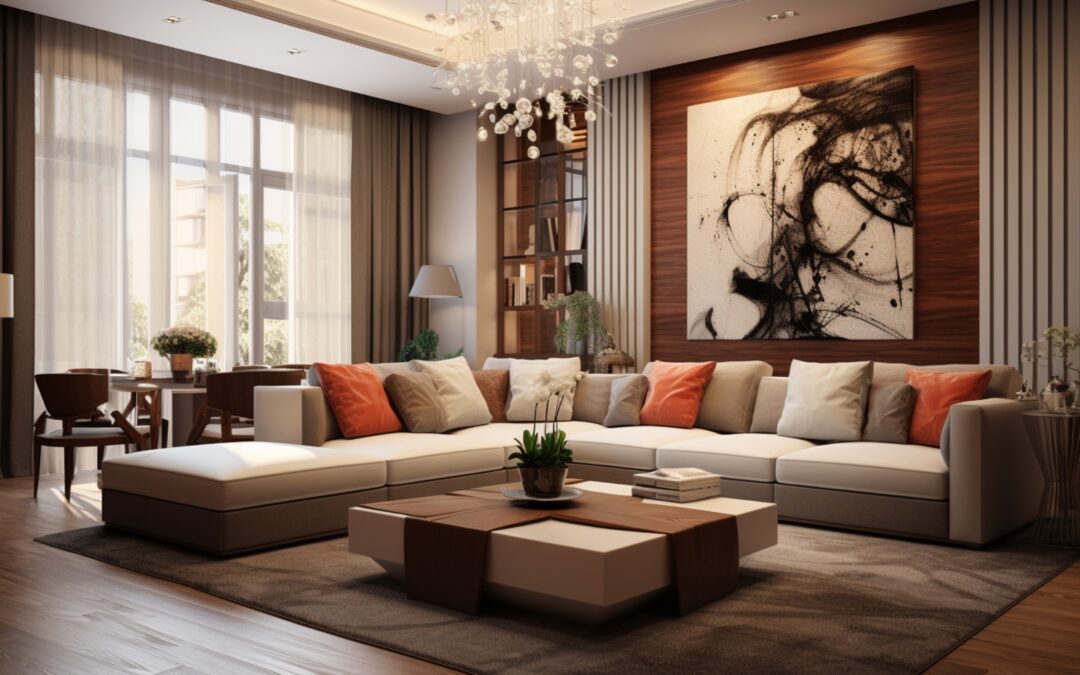When it comes to designing a space that truly feels like home, the foundation you build on matters just as much as the statement pieces you select. A beautiful and flexible foundation sets the stage for a cohesive, comfortable, and ever-evolving interior. Whether you’re decorating a new home or refreshing a single room, starting with the right base makes all the difference.
Why a Strong Foundation Matters
Think of interior design like building a house—without a solid foundation, everything else is harder to keep in place. The foundation of your design includes the color palette, flooring, walls, lighting, and core furniture pieces. These elements should not only reflect your style but also offer the flexibility to adapt over time.
A well-considered foundation can:
-
Support changes in trends or personal taste
-
Allow easy updates with minimal cost
-
Ensure cohesion across different rooms
-
Create balance between form and function
1. Start with a Neutral Palette
Neutral tones like soft whites, beiges, grays, and warm taupes offer timeless appeal. These shades serve as a canvas, allowing you to layer in color through textiles, artwork, and accessories. A neutral base makes it easier to update your space without starting from scratch.
Tip: Choose a warm or cool undertone based on the natural lighting in your space. Cooler neutrals suit rooms with bright, direct sunlight, while warmer tones create coziness in dimmer areas.
2. Invest in Versatile Core Pieces
Furniture with clean lines and adaptable design—like a neutral sofa, a classic dining table, or modular shelving—can evolve with your style. Look for quality over quantity. Pieces that are timeless in design will remain functional and beautiful, even as your tastes shift.
Think: A linen-upholstered sofa, a natural wood coffee table, or a well-made armchair in a solid color.
3. Use Flooring and Rugs as Anchors
Hardwood floors, polished concrete, or neutral tile form a grounding element in any room. Layering rugs over your flooring allows you to add texture, pattern, and color—while still maintaining a cohesive base.
Pro Tip: Invest in a large, neutral rug and experiment with smaller, seasonal rugs on top for a quick style refresh.
4. Optimize Lighting with Layers
Lighting is a critical but often overlooked element of interior foundations. Combine ambient (ceiling), task (lamps, sconces), and accent lighting to create flexibility in mood and functionality. Consider dimmer switches to adjust lighting based on time of day and activity.
5. Keep Built-In Elements Simple
If you’re adding architectural details like paneling, cabinetry, or fixtures, stick to classic shapes and finishes. Trends come and go, but simplicity provides lasting appeal—and won’t box you in later.
Example: Matte black or brushed nickel fixtures are both modern and timeless.
6. Add Texture for Warmth and Depth
A flexible foundation doesn’t mean bland. Introduce interest with natural materials: linen, wool, leather, rattan, and wood. These textures layer beautifully, creating visual depth while remaining easy to adapt seasonally.
Design That Grows with You
Your home is a reflection of your life—and life changes. A flexible design foundation allows your interiors to grow with you, whether you’re welcoming a new family member, working from home, or simply updating your aesthetic.
By investing in thoughtful, adaptable elements now, you give yourself the freedom to evolve your style without starting over. It’s about balance: beauty that lasts and flexibility that supports.


Recent Comments